
If you believe that politics in Pennsylvania can’t get any hotter, just throw some sports, sex, and the word “extremist” into one legislative discussion. Governor Josh Shapiro, who already last week appealed with “special advantage on the field” with fear, now calls supporters of the Save Women’s Sports bill “extremists.” And the outcome? A legislative war of words as knotted as a set of headphones at the back of a gym bag, with very real ramifications regarding fairness, inclusion, and for student-athletes’ lives statewide.
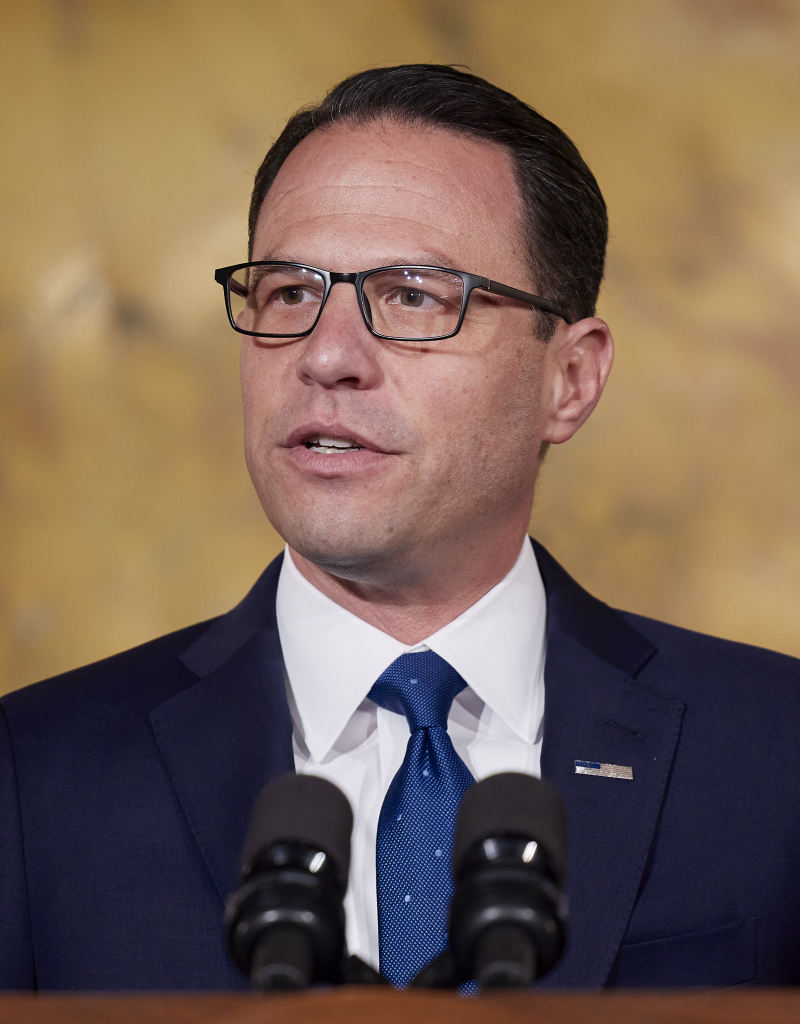
1. The Shifting Rhetoric: From Fairness to Extremism
Recent comments by Governor Shapiro rattled both sides of the aisle. Just a week and half back, he told a gathering of transgender teenagers, “I also believe these kids shouldn’t receive a special advantage on the field.” Politicians as well as advocates have been baffled by this seemingly flip. As local transgender rights activist Malinda Clatterbuck said, “I’m absolutely, not just disappointed, but appalled at the actions of these adults who will abuse children like that.” The war of words isn’t semantics it creates the emotional tone for all observers, particularly transgender teens and their families.
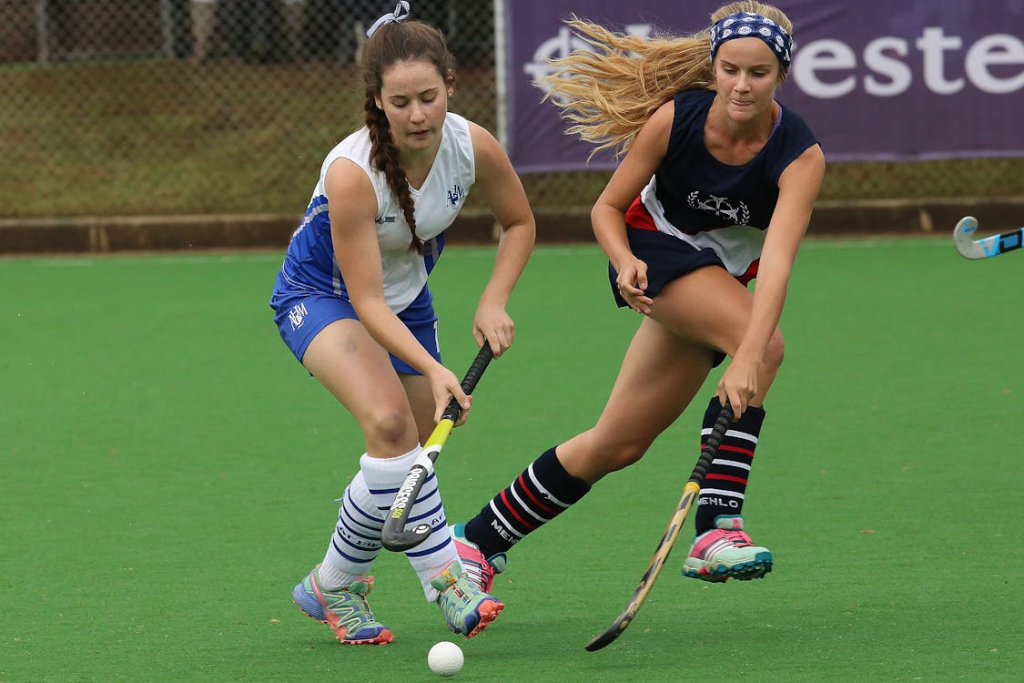
2. What’s in the Save Women’s Sports Bill?
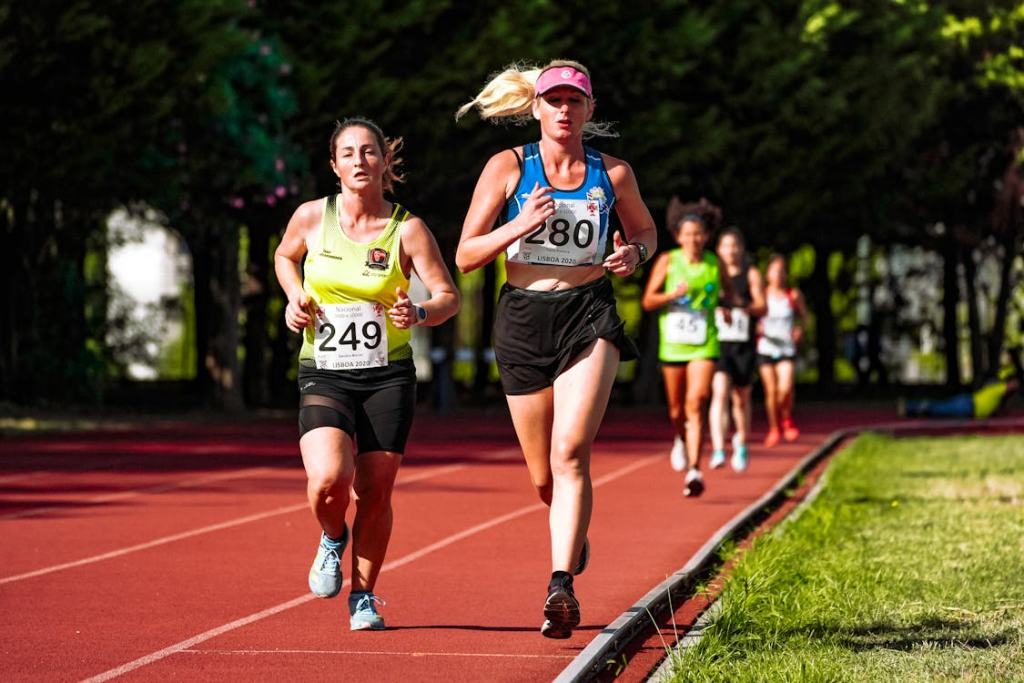
Pennsylvania’s Save Women’s Sports bill, currently in the House, narrowly defines “sex” as female or male, at birth, and addresses only competition by biological males in women’s sport. Republican Senator Doug Mastriano is sponsoring the bill, and it has a list of Republican and five Democratic senators in support. The Democratic majority in the House is employing procedural tactics to prevent the bill from reaching a vote, and Shapiro has dodged responding to whether he would veto the bill, stating, “It’s hypothetical. The House is not taking up that bill, and I haven’t in particular gone through it.” The Pennsylvania Interscholastic Athletic Association (PIAA) also altered its policy, employing “sex” rather than “gender,” following the bill’s nomenclature and following the national dialogue.
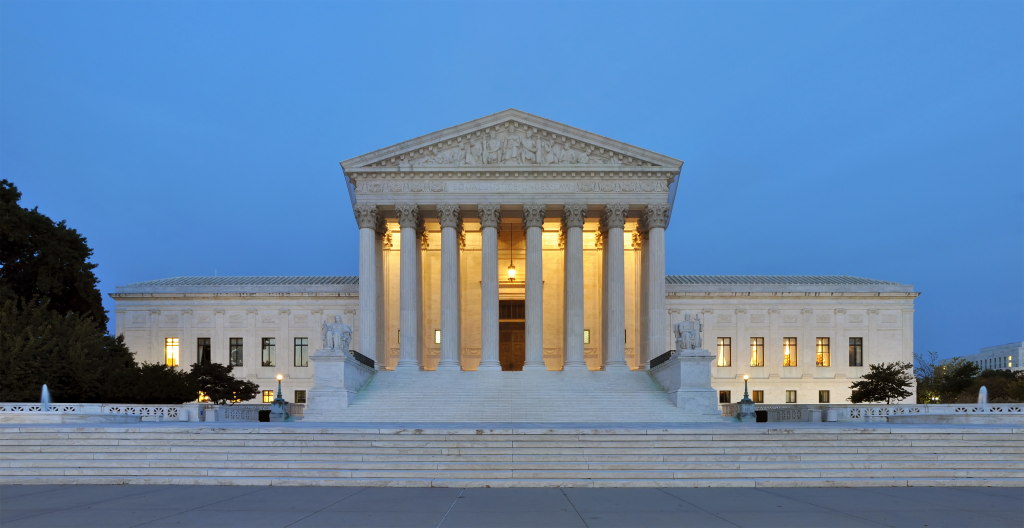
3. National Legal Battle Royale: Everyone Watching the Supreme Court
Pennsylvania is merely one of many states embroiled in this legislative battle. The U.S. Supreme Court will shortly be hearing West Virginia v. B.P.J., which appeals against a ban on transgender girls competing in girl’s sports. Its ruling will create a national precedent for the interpretation of Title IX and the Equal Protection Clause as applied to transgender competitors. High stakes: “The court’s decision isn’t until 2026,” but the rumblings are already being experienced in locker rooms and state legislatures from sea to shining sea.

4. Public Opinion: A polarized playing field
Public opinion is trending sharply against transgender girls competing in girls’ sports, with a New York Times/Ipsos survey registering 79% opposition. However, the same electors also do not approve of discrimination against transgender citizens as a whole, with an undercurrent of contradiction of fairness and acceptance. As Berwood Yost, director of F&M’s opinion research center, put it, “Voters seem to view the prohibition on transgender students playing sports as an issue of fairness. The policy is endorsed across the board and across groups.” Support for anti-discrimination policy, however, remains firm, demonstrating the hunger for smart, compassionate policy.

5. The Human Factor: Barriers and Belonging
Trans and nonbinary students don’t have an abstract question it’s existential. Only 12.5% report their policies at school work for them, and less than half report their sport is covered by those policies. What happens? Most report that they feel erased or excluded. Play sport has been found to benefit emotional control, self-worth, and school belonging in LGBTQ+ youth, but discriminatory acts such as being routed to the incorrect locker room or not using preferred names and pronouns can counteract that support and fuel mental sickness. As one transgender student athlete put it, “Stifling myself just so I could play sports felt as though a part of me was dying, like I was killing myself at the same time and that’s why I eventually came out and transitioned.” Trans-inclusive policies are associated with reduced suicide risk and improved academic achievement.
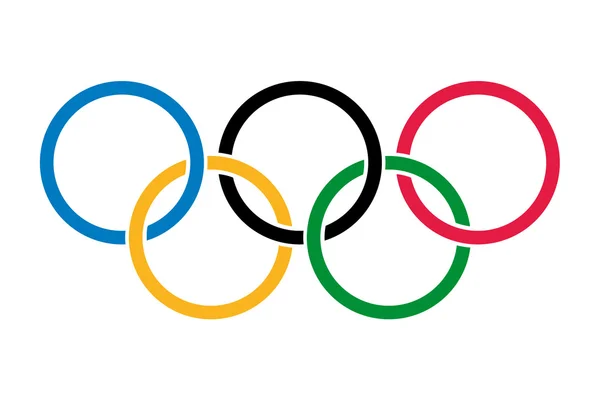
6. Science, Fairness, and the Limits of “Common Sense”
The argument for trans inclusion within trans individuals is normally founded on biological dissimilarity, but science is not quite that inflexible. There are reports that indicate trans women might be able to hold on to some bodily benefits even after hormone therapy, but there are also reports indicating that athletic performance depends on rather more than hormones think training, grit, and collaboration. International Olympic Committee and NCAA have enacted progressive, science-informed trans athlete policies, but policies differ immensely. As the experts articulate, “Claims that trans athletes have an unfair advantage are not supported by sound scientific evidence. Trans individuals are shown by research to perform on par with their cisgender peers, and evidence out there DOES NOT show trans athletes possess inherent athletic advantage.”
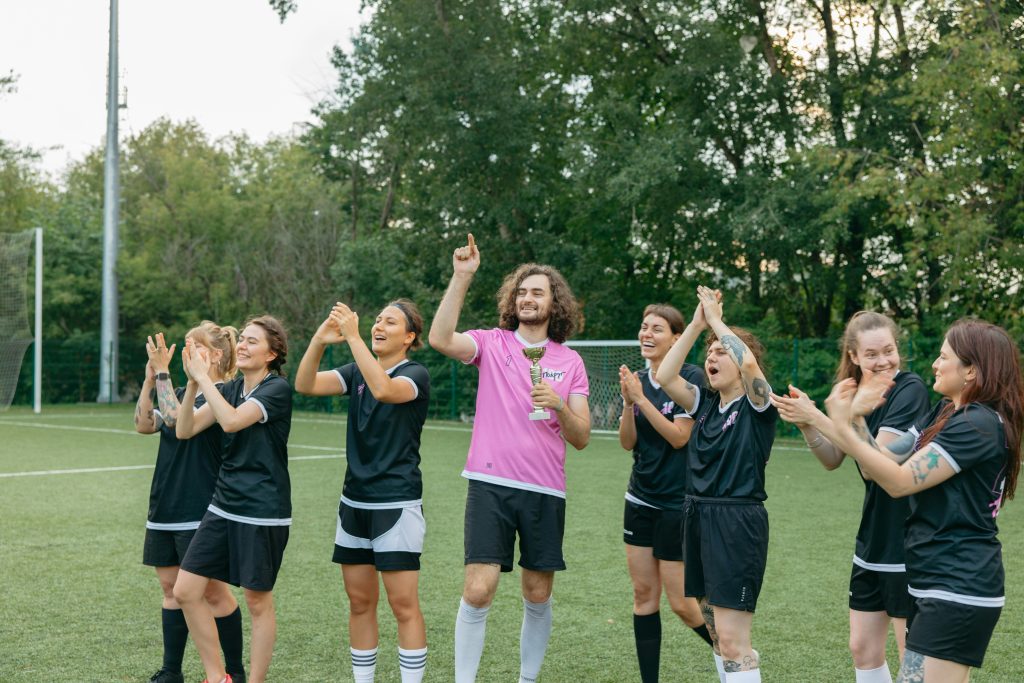
7. Best Practices: Creating Inclusive and Equitable Sports Facilities
So what works? Minnesota and California are two states that have maintained trans-inclusive policies without negatively affecting girls’ sports participation indeed, participation has risen. The best practices are affirming students’ gender identity, offering privacy choices in locker rooms, and applying inclusive language and policies. Schools and youth sport organizations should collaborate with students and parents to set safety, respect, and belonging for all students. “A student has the right to compete in athletics in a way that is consistent with their gender identity, even if that is not the same as the sex recorded on a student’s registration forms or on their birth certificate,” says one model policy. Support from the community, education of the team, and visible allyship have proven to construct mental resilience and health in LGBTQ+ athletes.
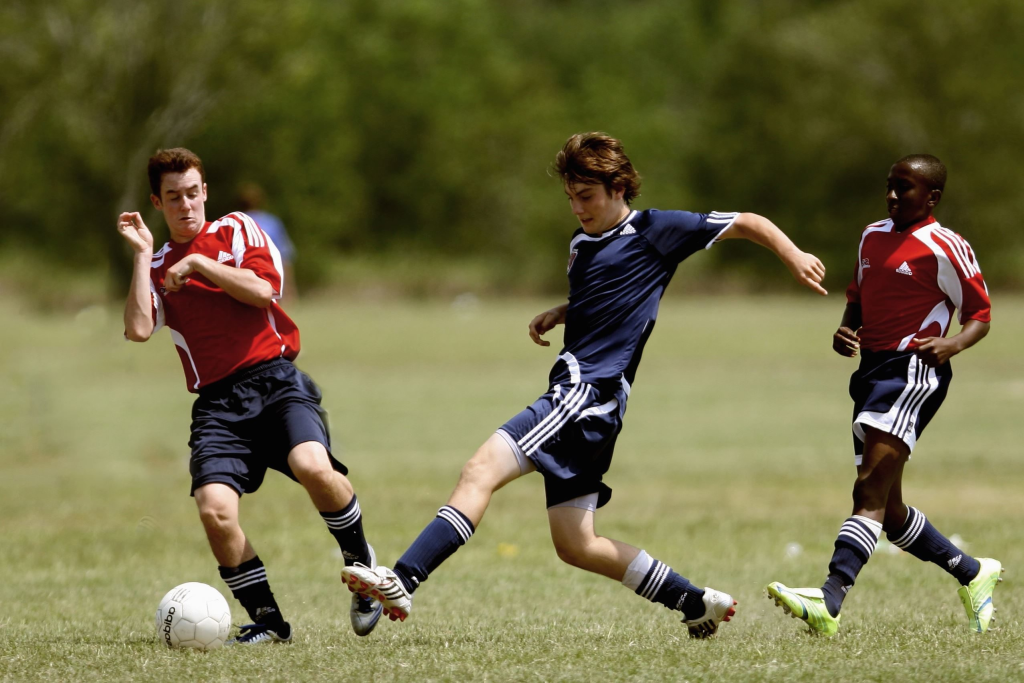
This case before us today is not just a battle of policy it’s a test of empathy, evidence, and a commitment to make space for all youth to thrive. The path won’t be easy, but as more and more communities and schools welcome inclusive, evidence-based practices, the full potential of sport as a home, a school, and a place to be treated the same for everyone can be realized.


